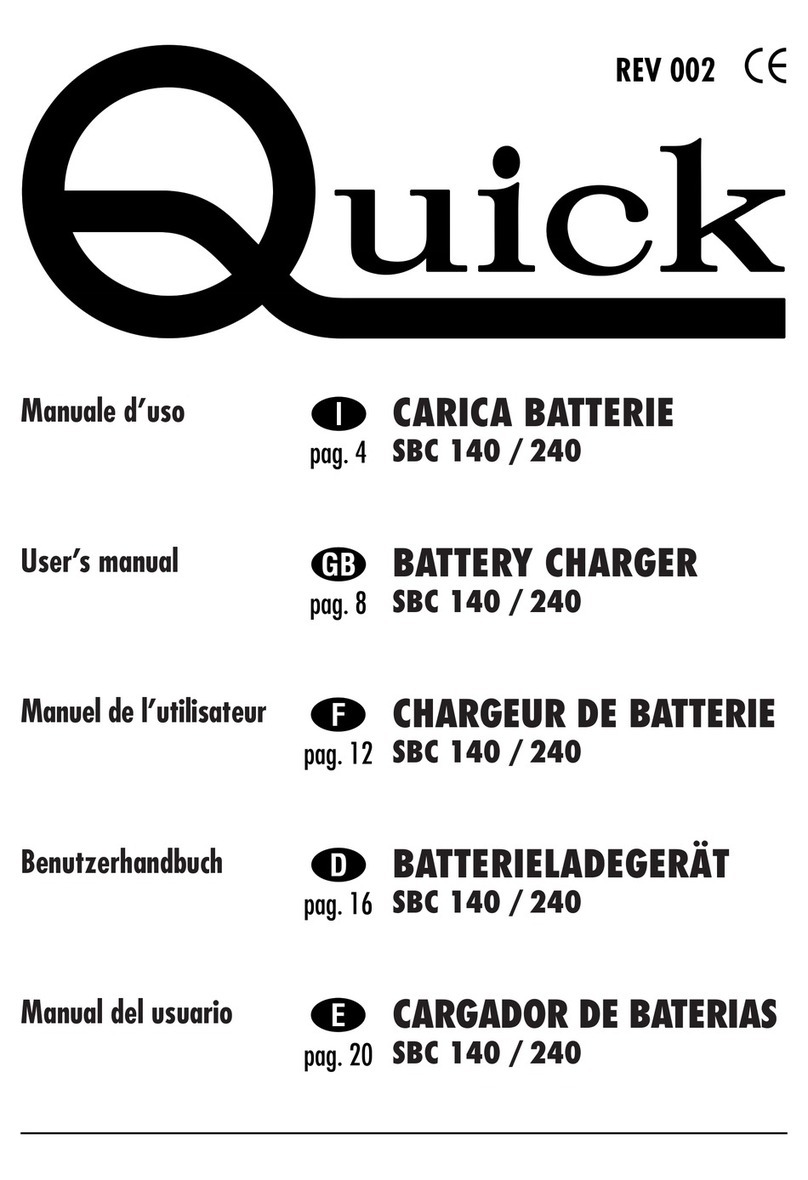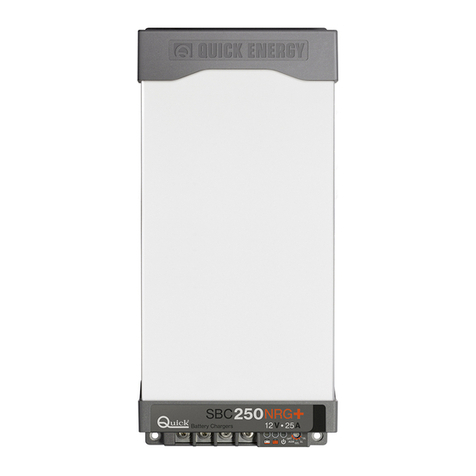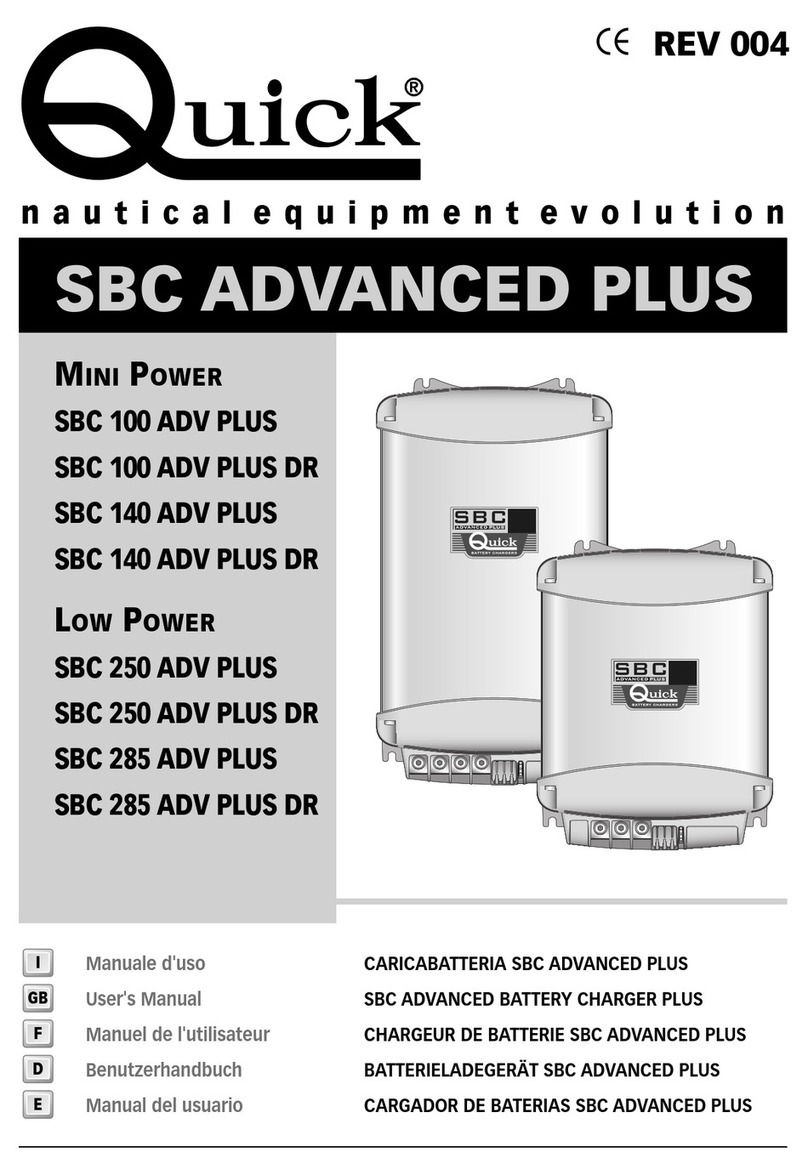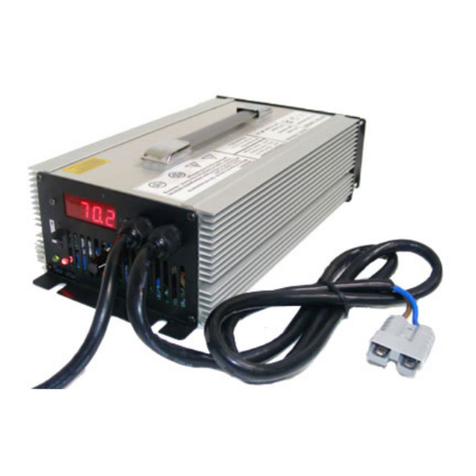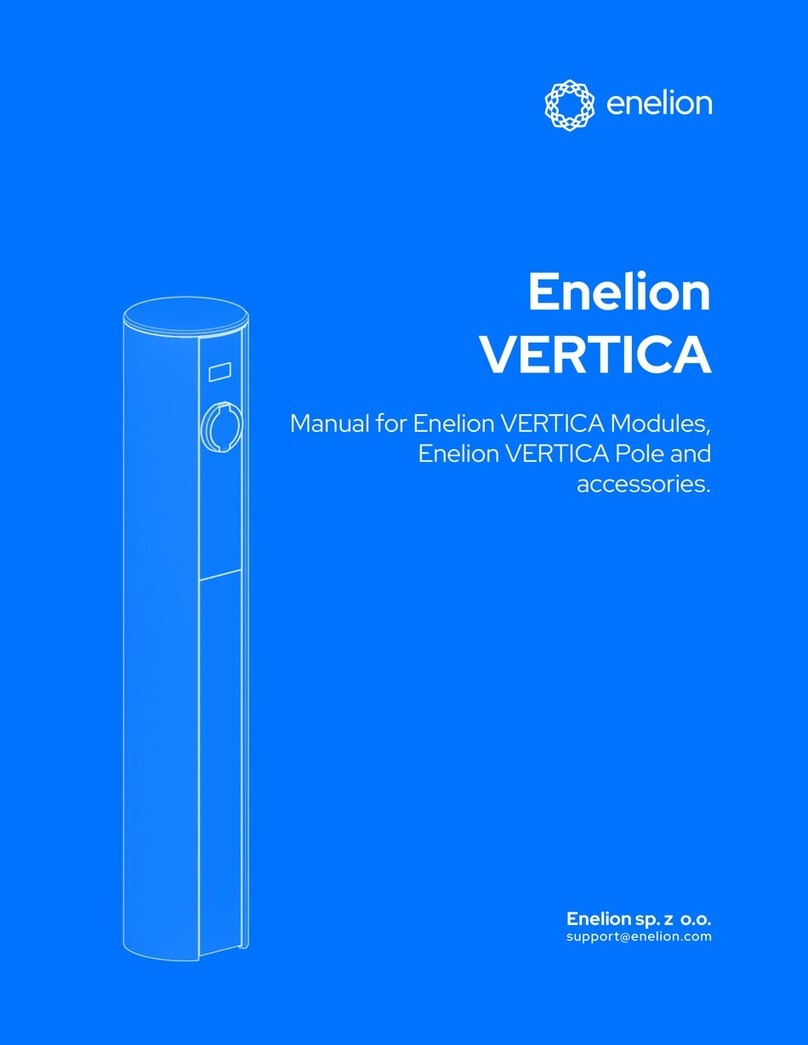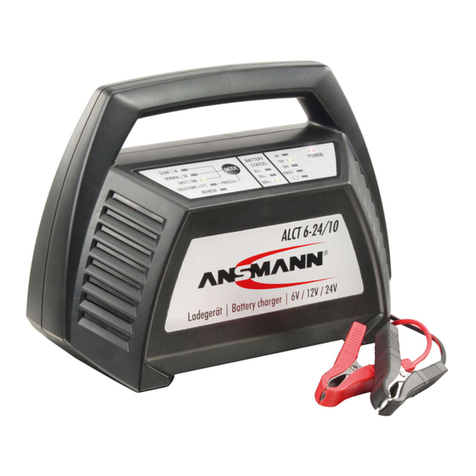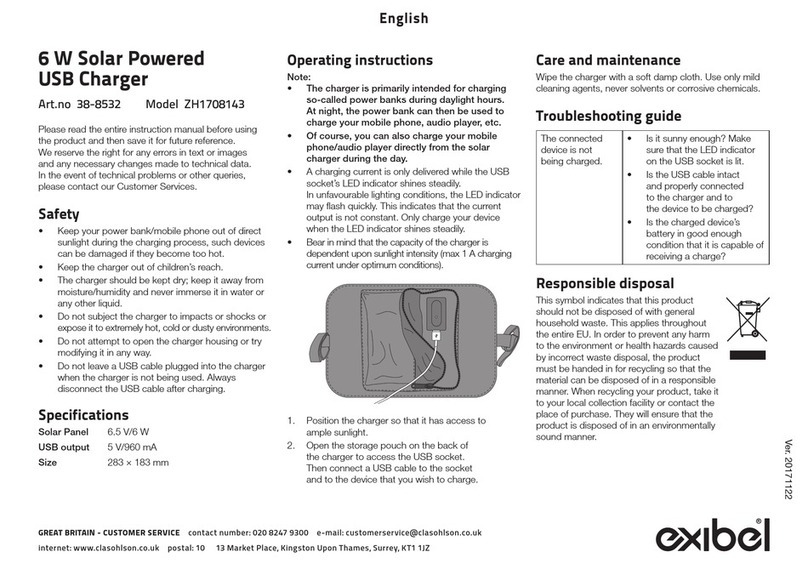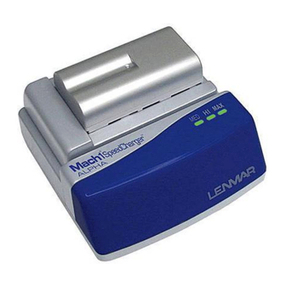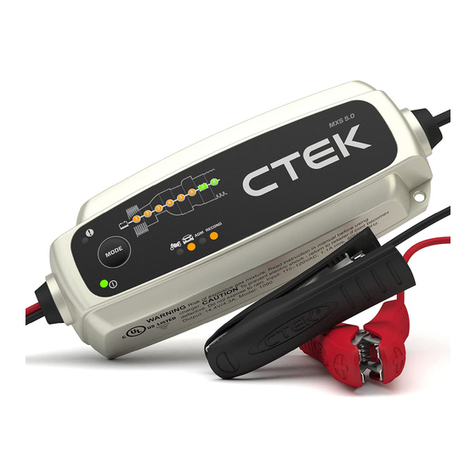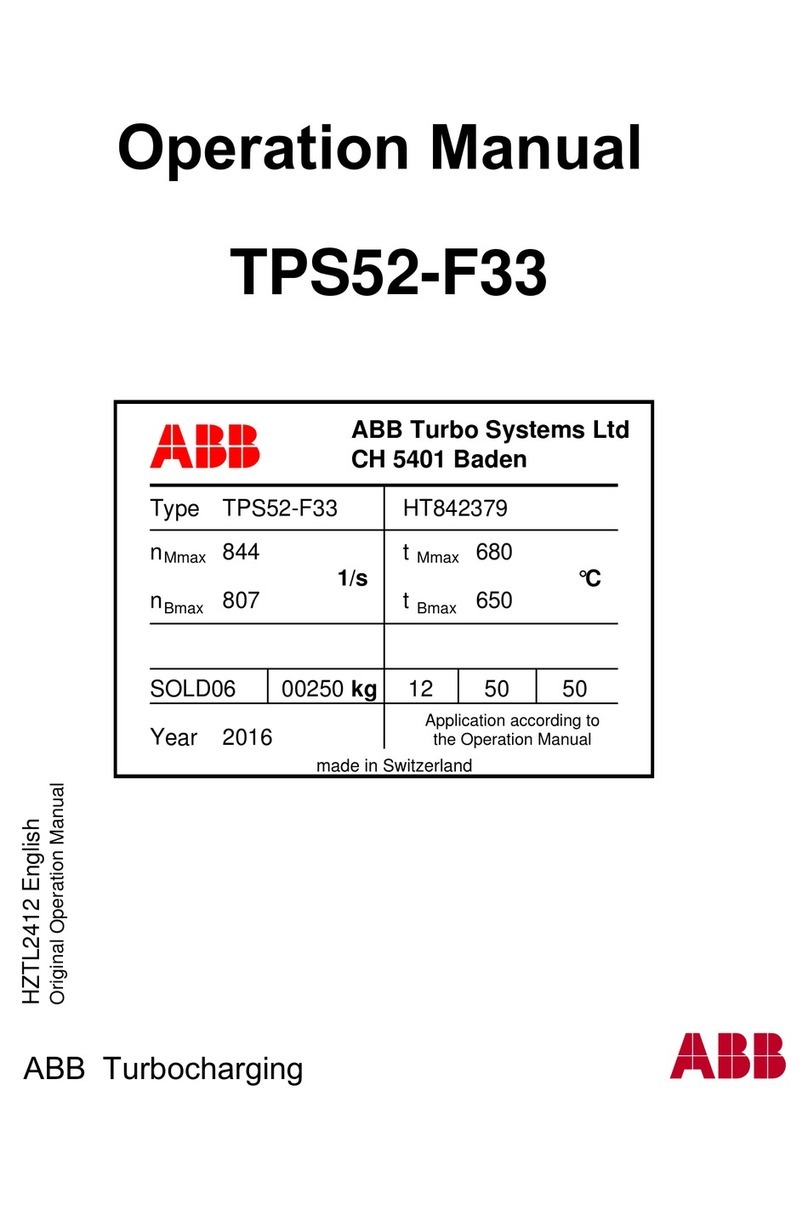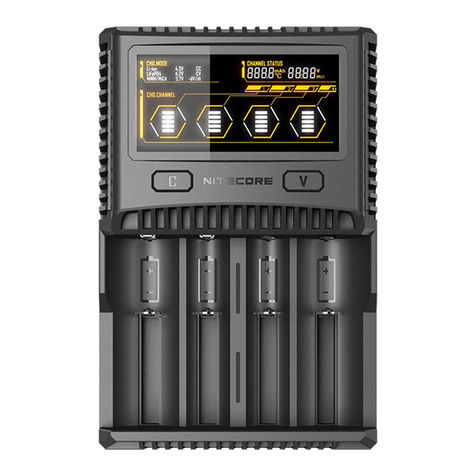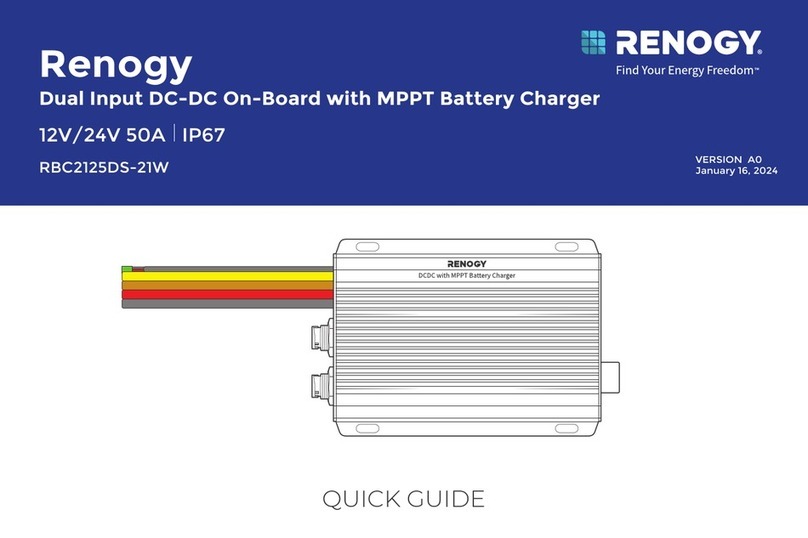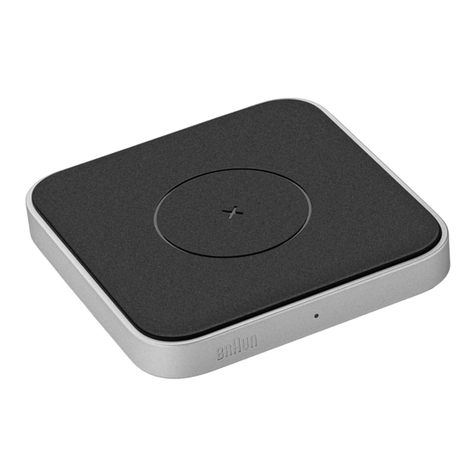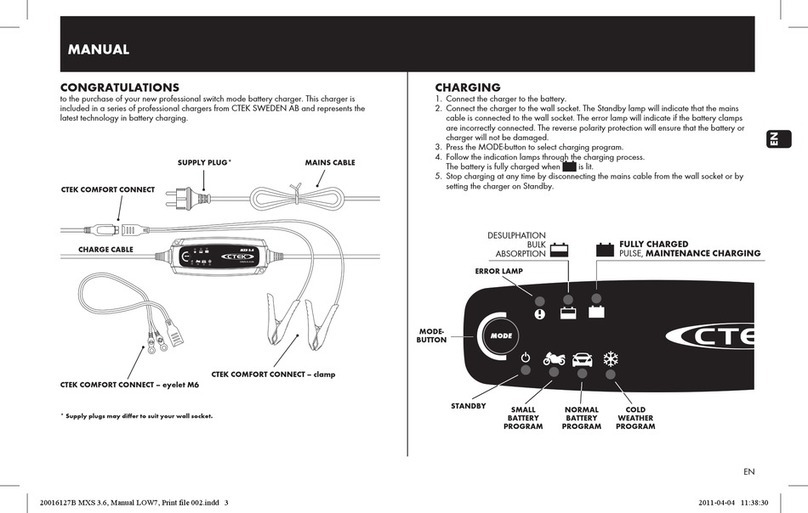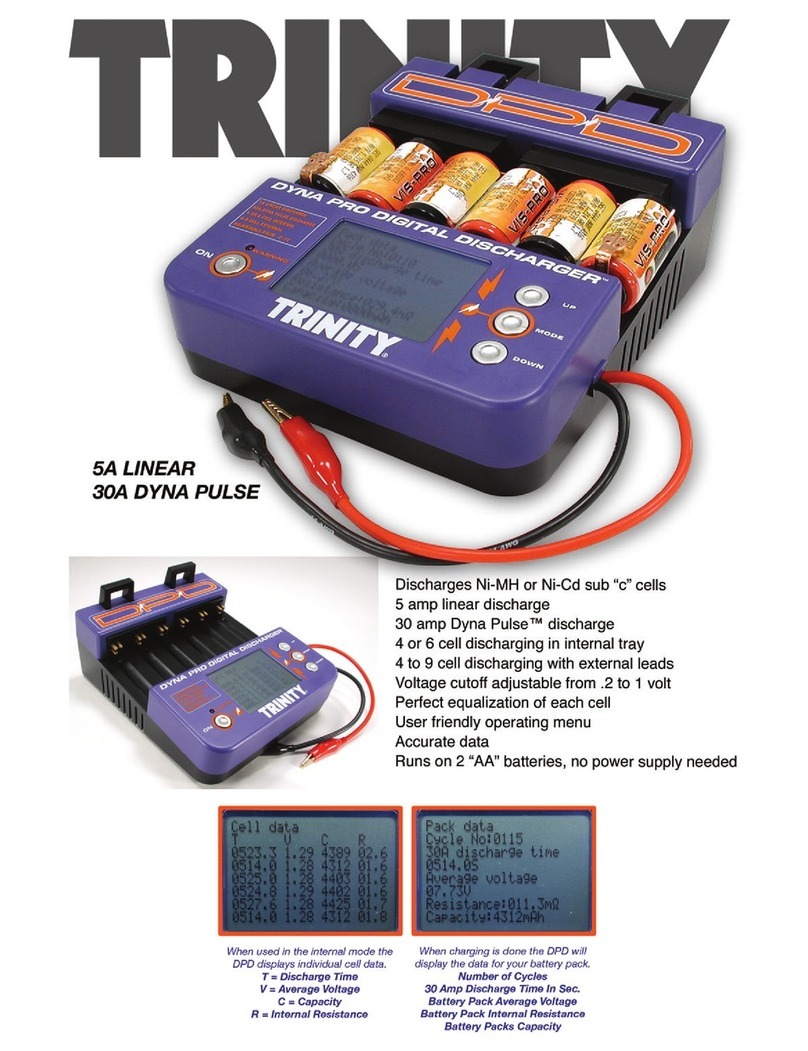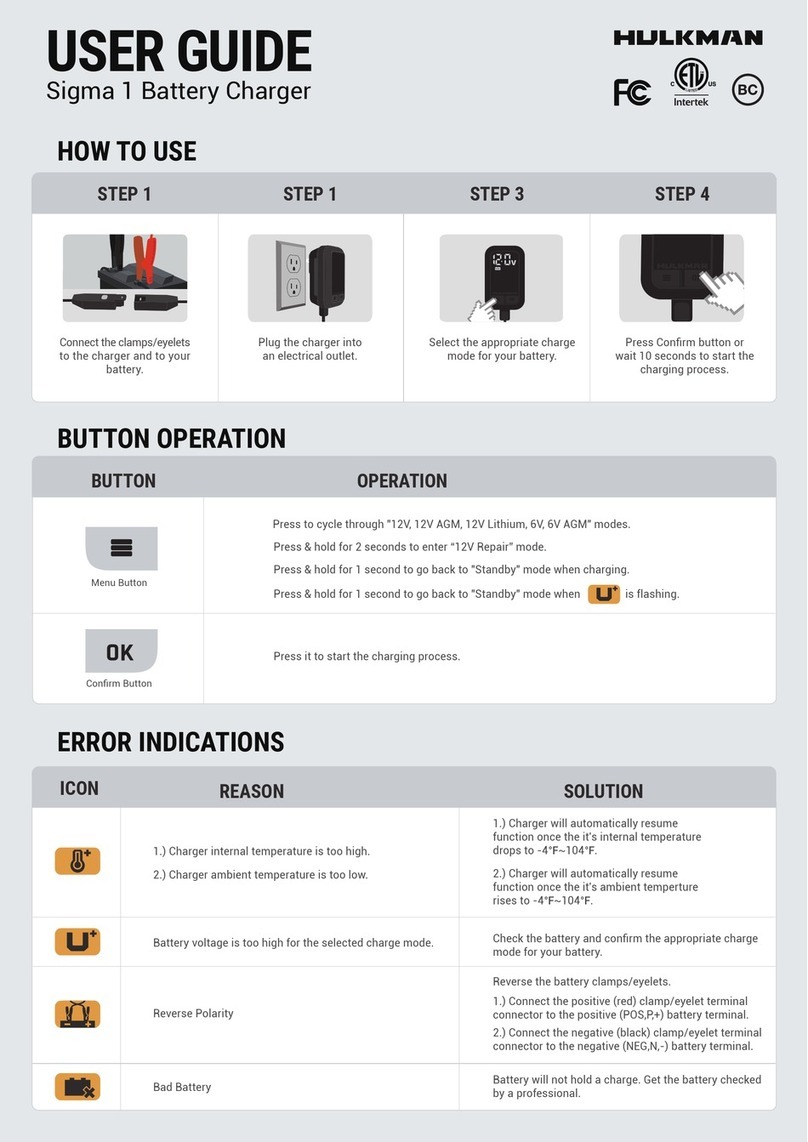3
Pag. 4-5 Caratteristiche e Installazione
Pag. 6 Installazione: alimentazione dell’apparec-
chio, Batterie,
Pag. 7 Funzionamento: Selezione della modalità
di carica
Pag. 8 Funzionamento: Segnali di controllo
Pag. 9 Funzionamento: caratteristiche di carica
Pag. 10 Funzionamento: Pannello di controllo -
Manutenzione
Pag. 11 Dati Tecnici
Pag. 12-13 Characteristics and Installation
Pag. 14 Installation: voltage supply, batteries
Pag. 15 Installation: Selecting the charging
method
Pag. 16 Operation: Control signal,
Pag. 17 Operation: Charging characteristics
Pag. 18 Operation: Control panel - Maintenance
Pag. 19 Technical data
Pag. 20-21 Caractéristiques et Installation
Pag. 22 Installation: Alimentation de l’appareil,
Batteries
Pag. 23 Installation: Selection du mode de charge
Pag. 24 Fonctionnement: Signaux de contrôle
Pag. 25 Fonctionnement: Caracteristiques de
charge
Pag. 26 Fonctionnement: Tableau de contrôle -
Entretien
Pag. 27 Caractéristiques techniques
Seite 28-29 Eigenschaften und Installation
Seite 30 Installation: Versorgungsspannung,
Batterien
Seite 31 Installation: Wahl des ladeverfahrens
Seite 32 Betrieb: Steuersignale
Seite 33 Betrieb: Ladekennlinien
Seite 34 Betrieb: Bedienungs Display - Wartung
Seite 35 Technische Daten
Pág. 36-37 Características e Instalación
Pág. 38 Instalación: Alimentación del aparato,
baterías,
Pág. 39 Instalación: Selección de la modalidad de
carga
Pág.40 Funcionamiento: Señales de control
Pág. 41 Funcionamiento: Caracteristicas de carga
Pág. 42 Funcionamiento: Tablero de control -
Mantenimiento
Pág. 43 Especificaciones tecnicas
INDICE
INDEX
SOMMAIRE
INHALTSANGABE
INDICE
I
GB
F
D
E



